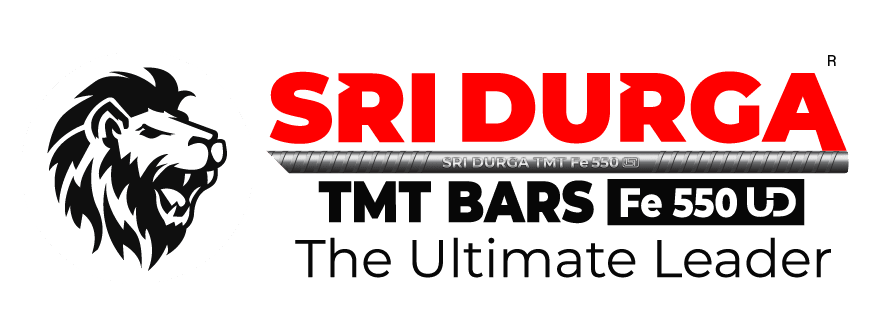Home » Manufacturing Process
Manufacturing Process & Quality
Sakthi Group
Manufacturing Process
Melting Process
All raw material is charged and melted to a liquid form at around 1650 Degrees & tested for chemical composition before tapping.
CCM
Molten metal is transferred to CCM (Continous Casting machine) for Manufacturing of billets
Hot Rolling
Hot Billets are rolled directly in TMT
Quenching Process
Pressurized water is used for cooling the top layer of the rolled tmt bars forming a martensite layer that is extremely hard...
Cooling Bed Process
Cooling beds play a pivotal role in the steel production line, ensuring the integrity, durability, and quality of the final product.
Quality Testing
Quality Control Difference Tests To Ensure Best Quality Tmt Bars
Material dispatch
Material Dispatch from factory
Quality & Testing
Tensile Test
The tensile test measures the strength and ductility of TMT bars and the maximum pulling force tolerated before a bar splits. Universal testing machine (UTM) is used for this. A sample bar passes through gradually increasing tensile force until it breaks. The test determines the ultimate tensile strength (UTS) and a high performance in it signifies the product’s ability to withstand tension so that the structural integrity of the building is secured.
Bend/Re-bend Testing
Here, the TMT bars are bent at the midpoint to 180 degrees to check for cracks and fractures against the bent side. In the re-bend test, the bar is bent at an angle of 135 degrees. After keeping the TMT bar in boiling water at 100 degrees for 30 minutes, allow it to cool down. As soon as it has cooled, twist it again at 157.5 degrees, and look for any cracks or ruptures. It must be visible with normal or corrected vision. If no cracks or fractures appear, the bar is of good quality.
Yield Stress Testing
The test determines the level to which steel can handle stress. It tests the approximation of the elasticity limit of the metal. When the load is added to the metal and does not reach the yield point, it will return to its original shape after removing the stress.
Visual Inspection Test
Visual inspection is carried out for detecting surface defects, like cracks, pits, scratches, and rust, which may ruin the quality of TMT bars. Sample bars are visually examined under proper lighting conditions to identify any defect or deformity and finally bars of impeccable quality are selected for use.
Chemical Composition Analysis
A specific chemical make-up of TMT bars plays a major role in establishing their mechanical properties and bringing about optimal performance. Through spectrometric analysis, which takes approximately 10 to 15 seconds the composition of elements such as Carbon, Sulfur, Phosphorus, Manganese, Copper and Chromium is evaluated. The correct composition guarantees optimal strength, ductility, resistance to corrosion and weldability and the test aids in producing the best quality premium TMT bars.






